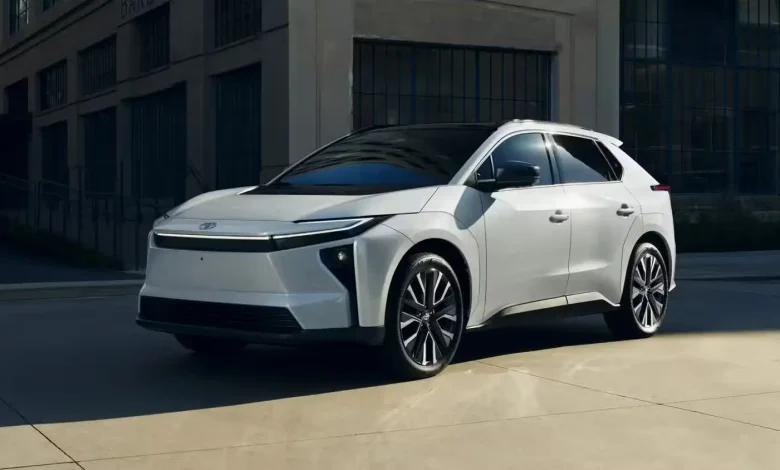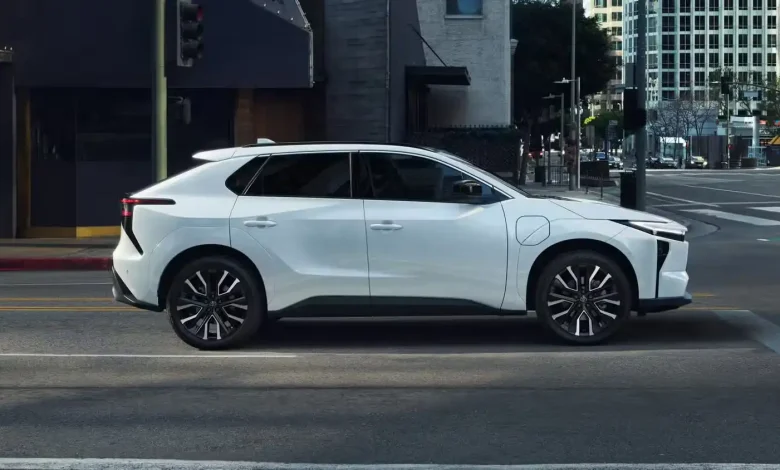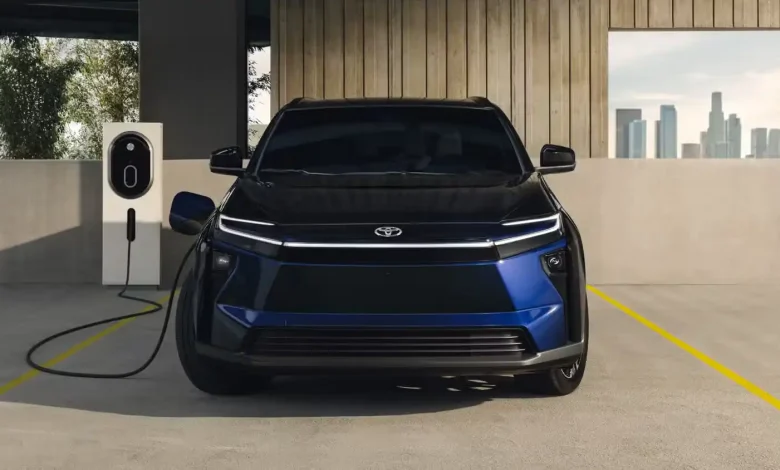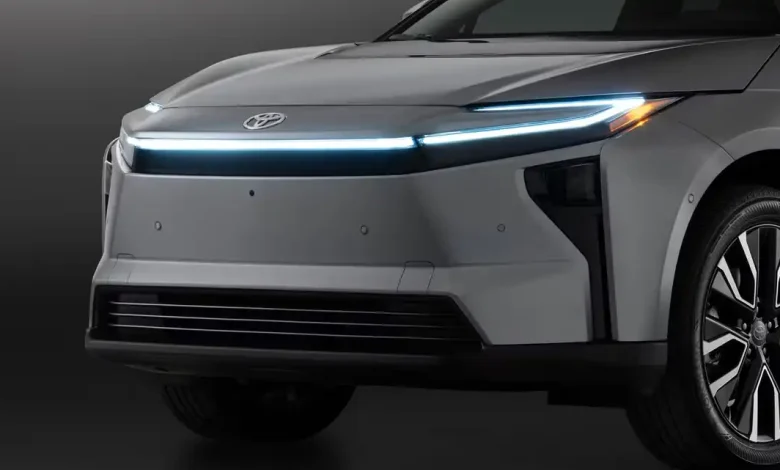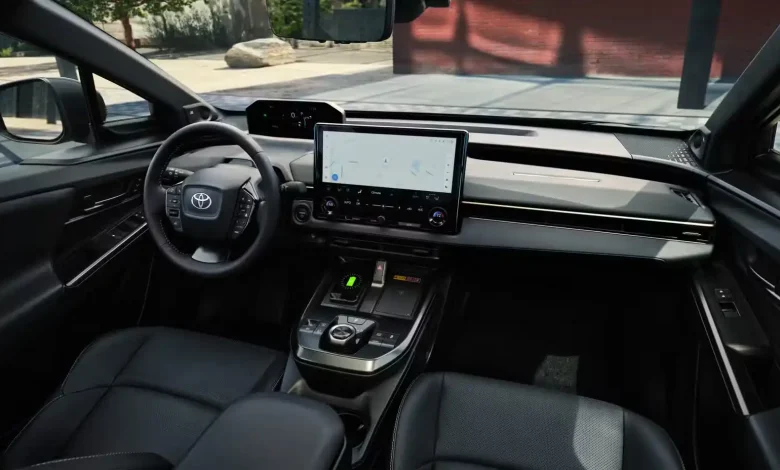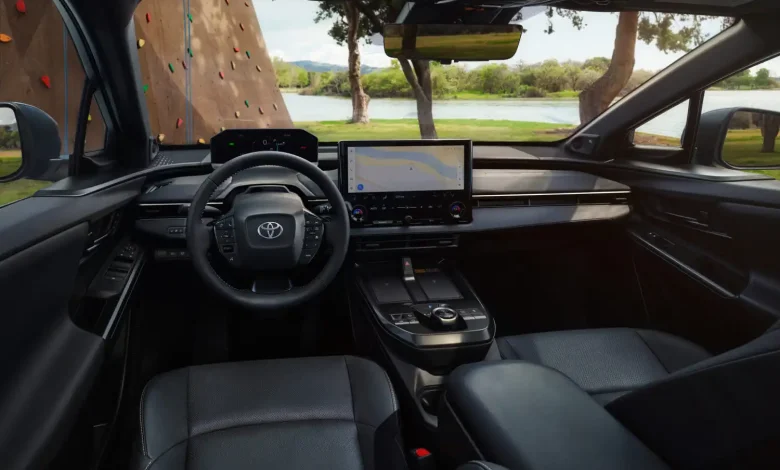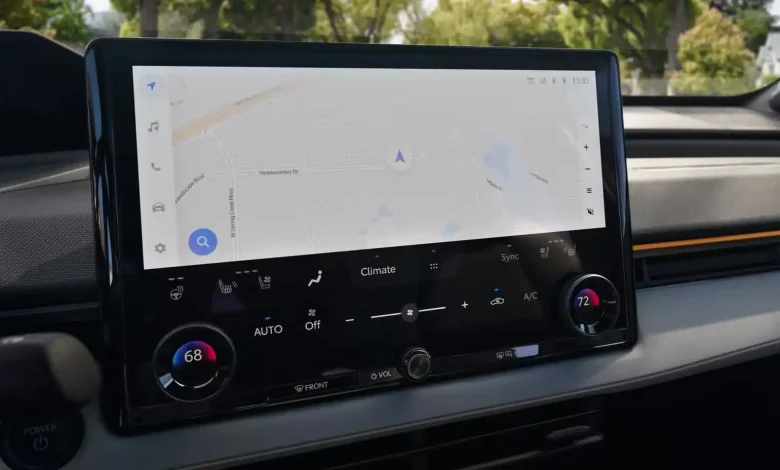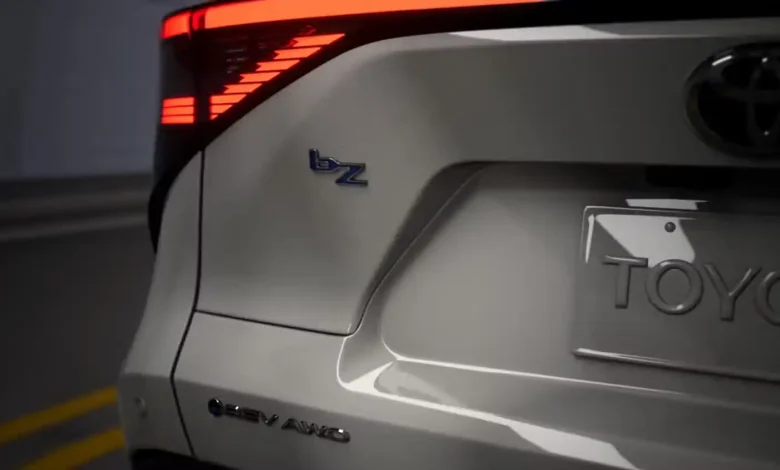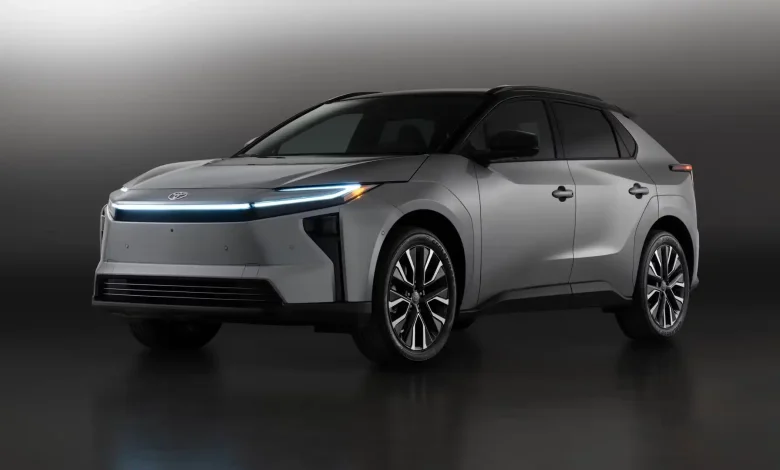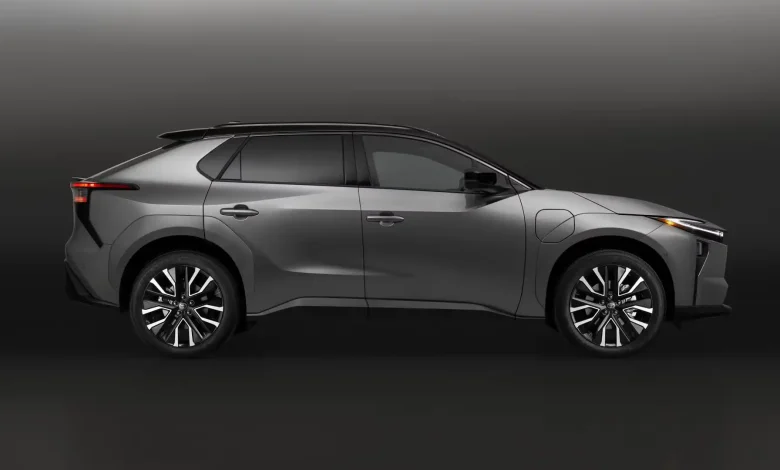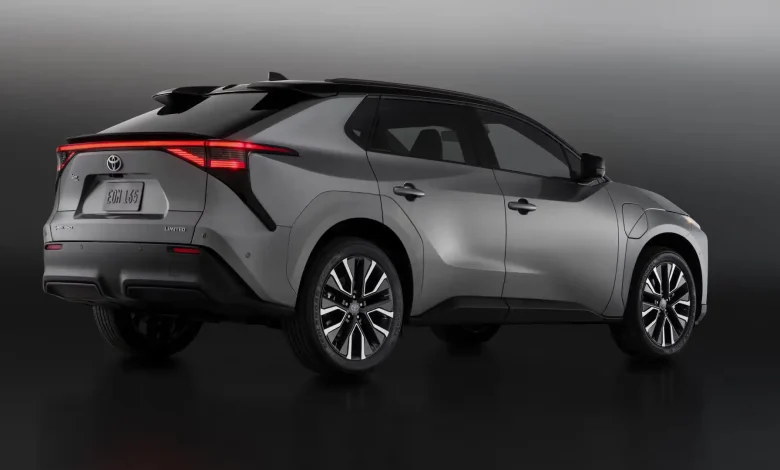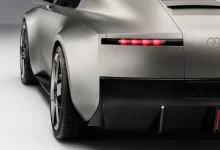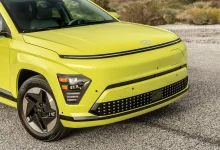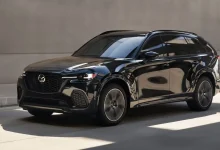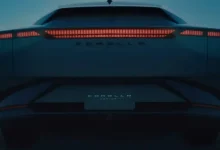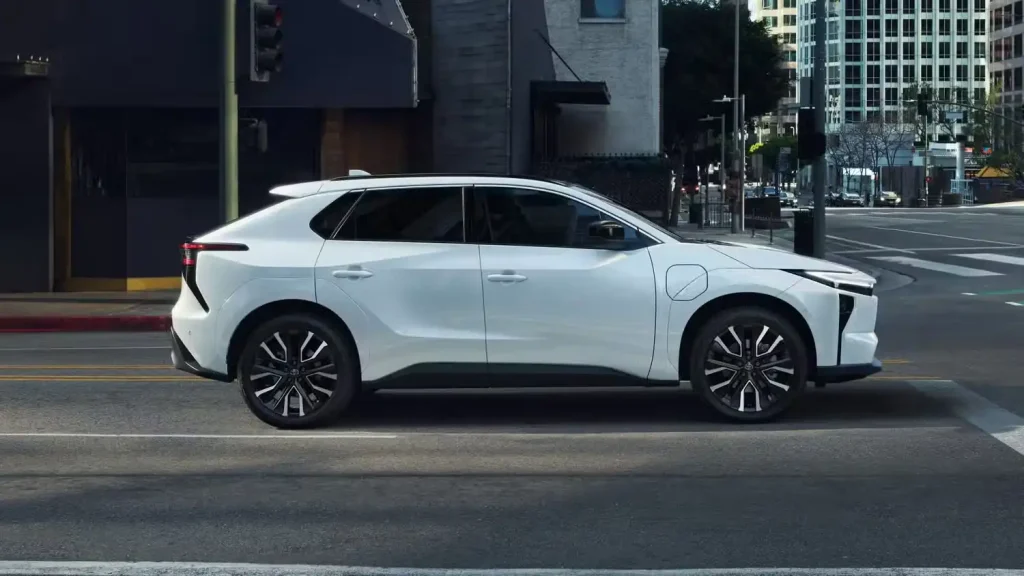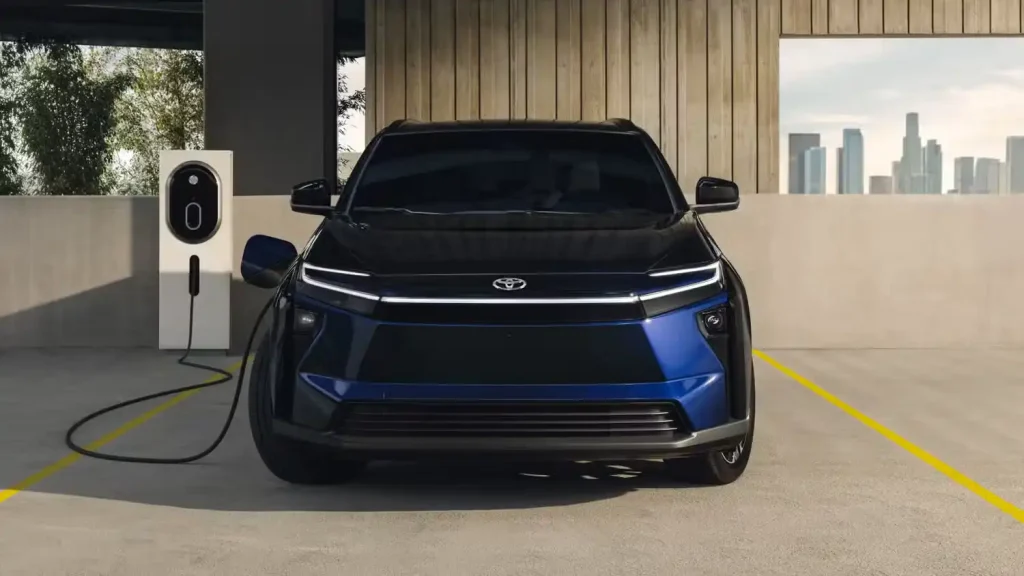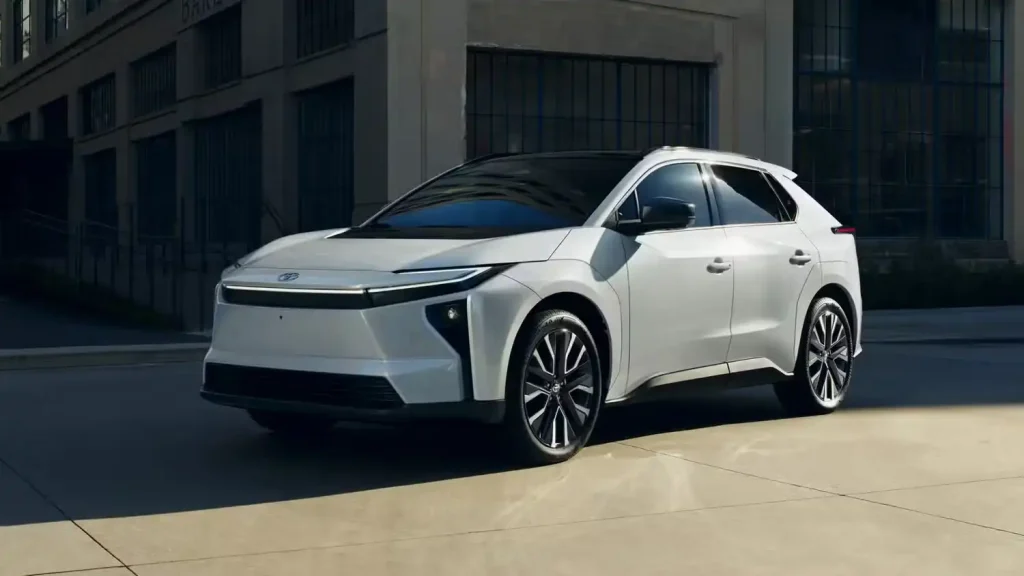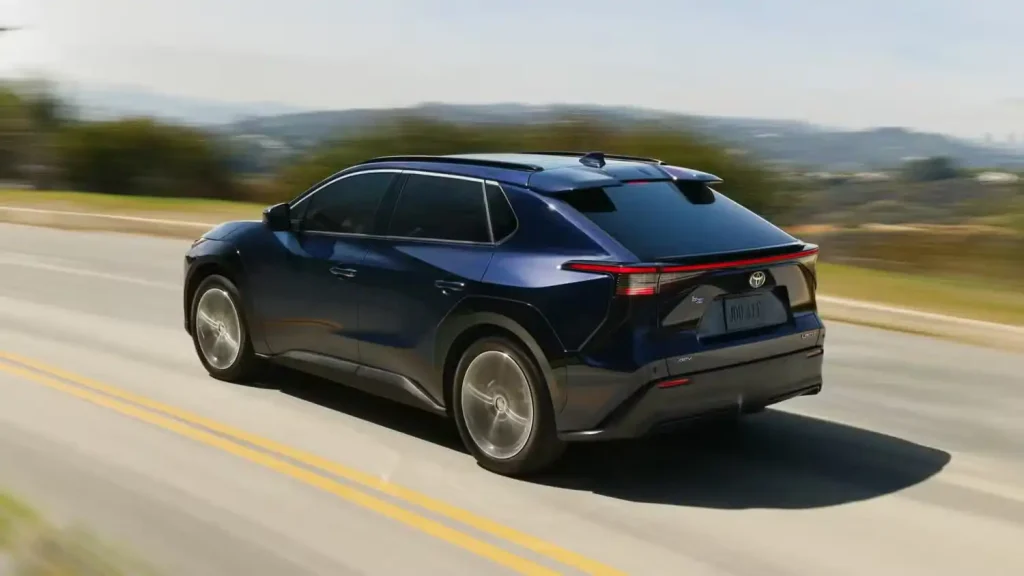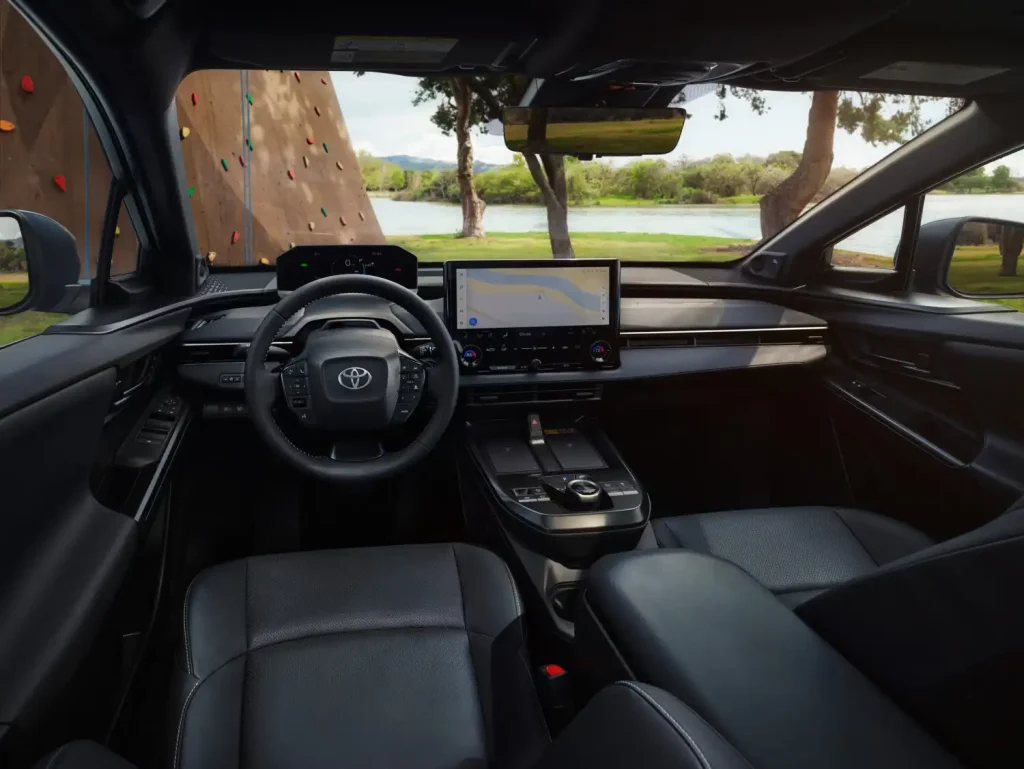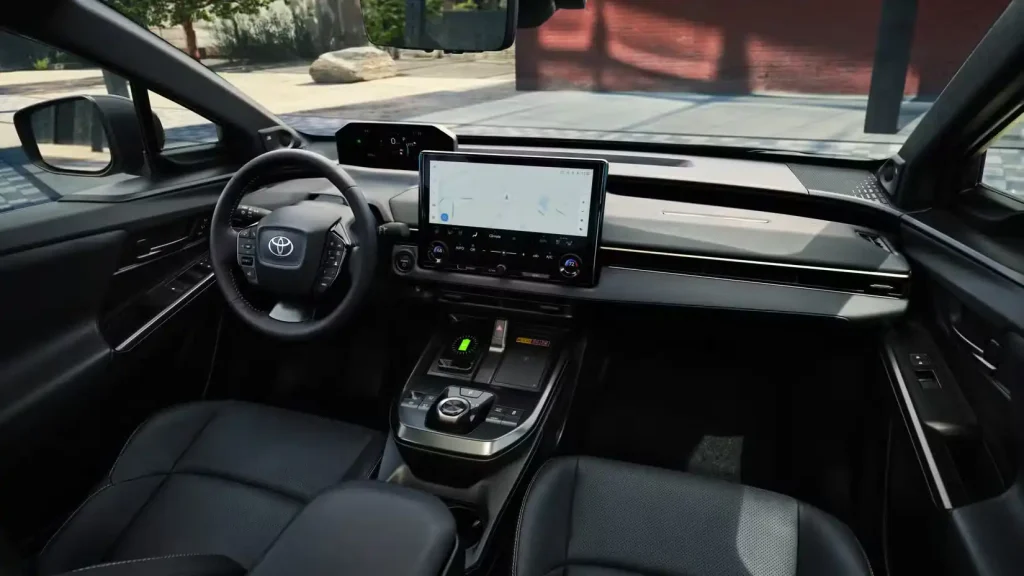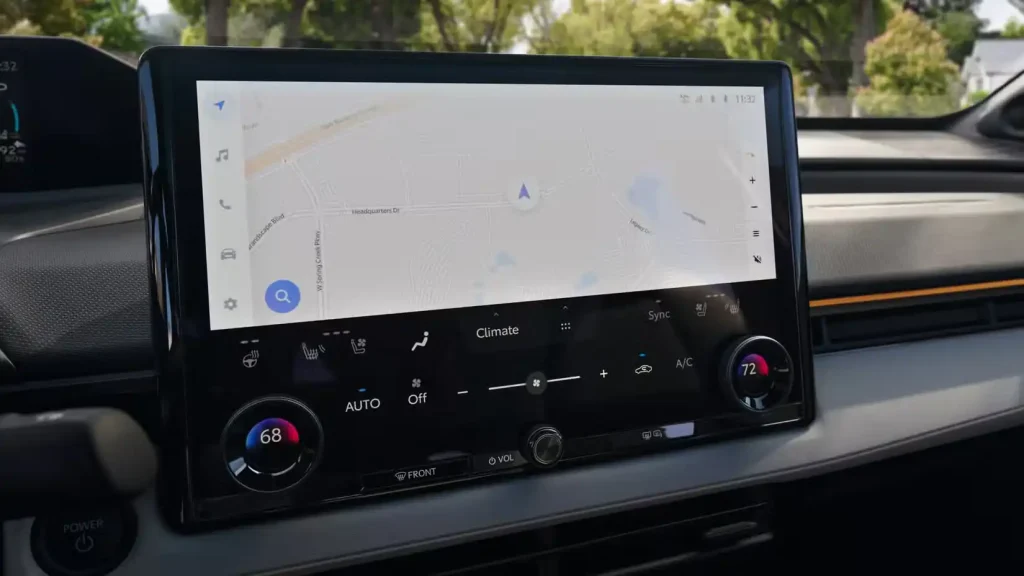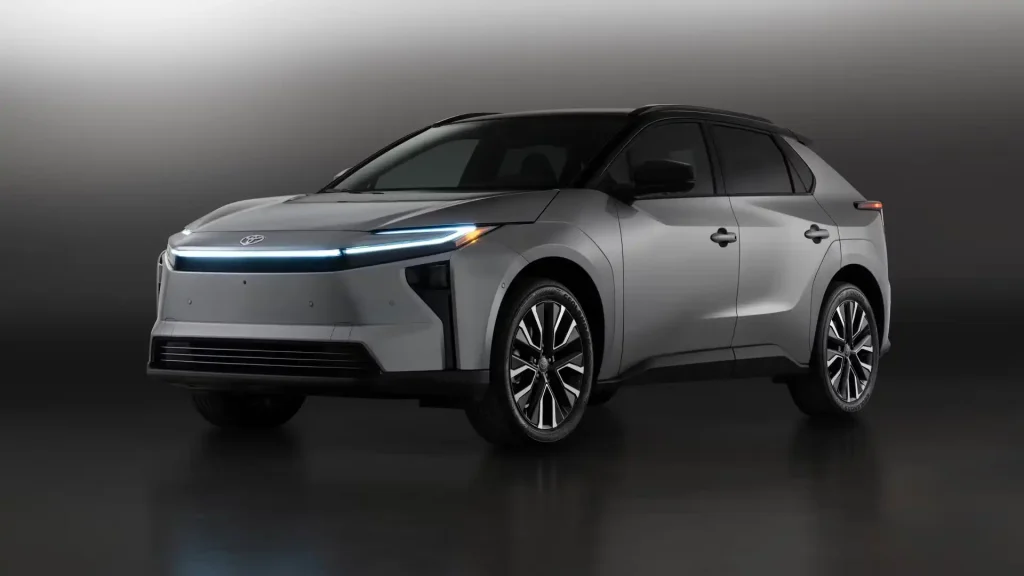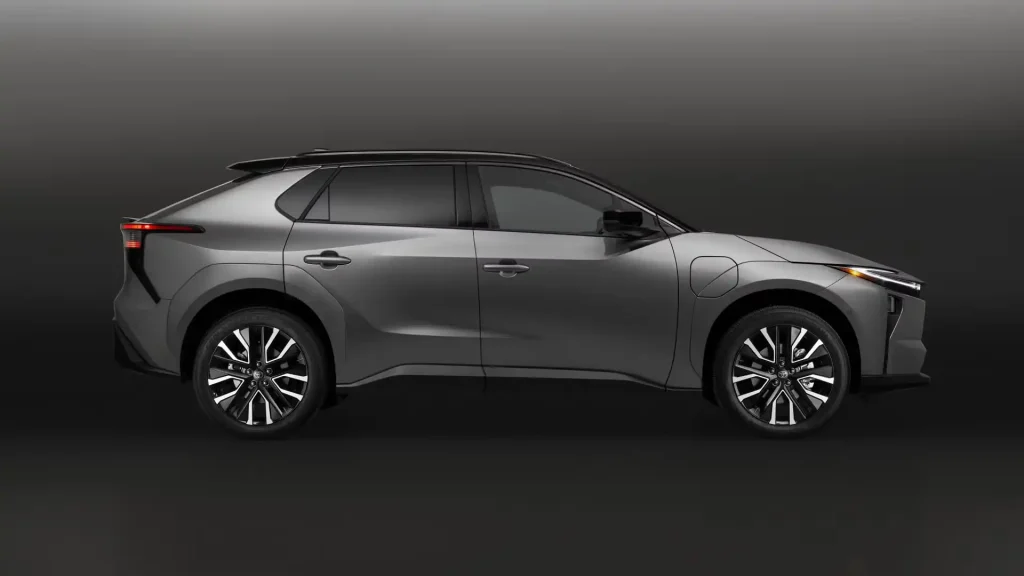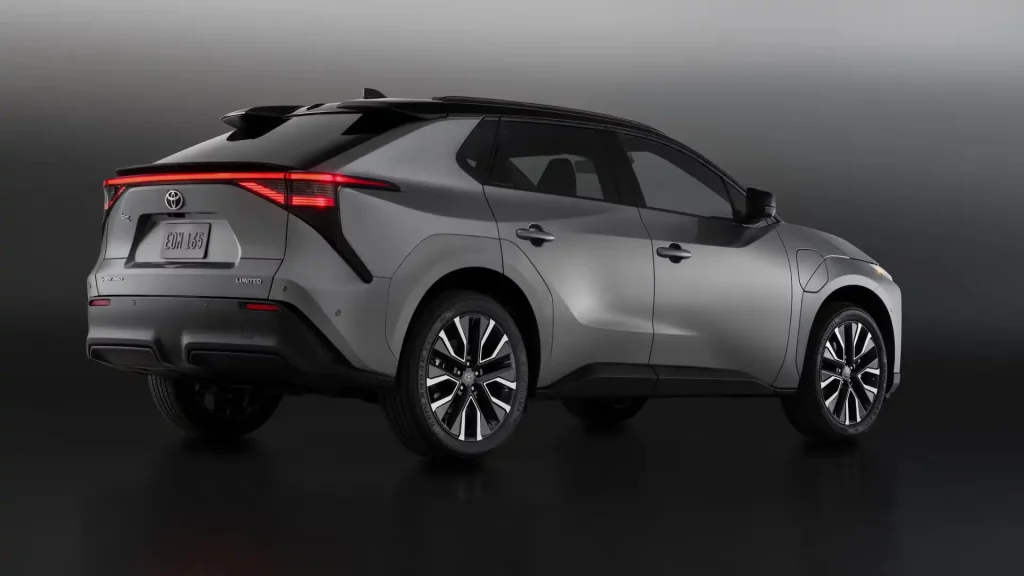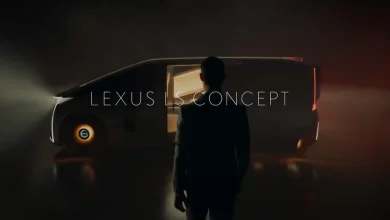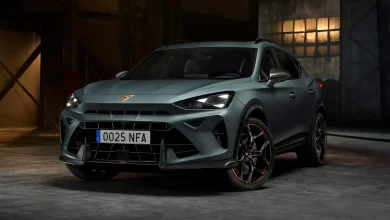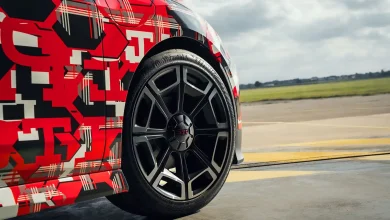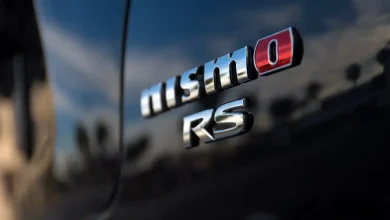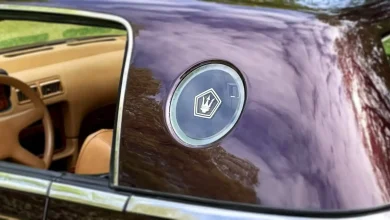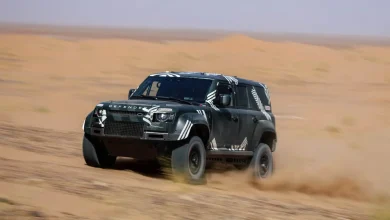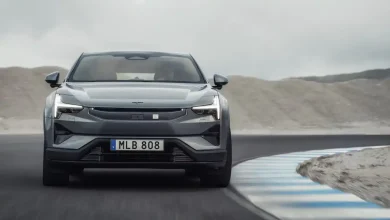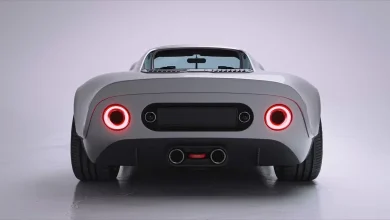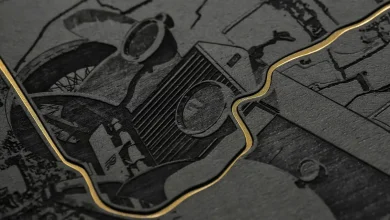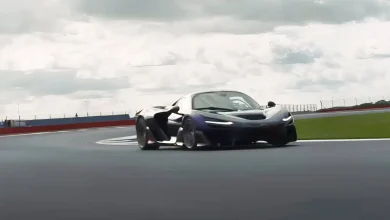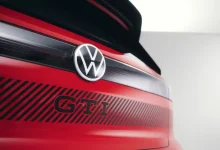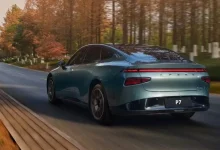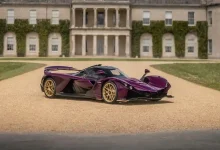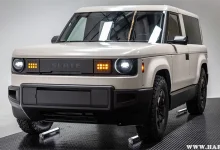2026 Toyota bZ First Look: Is Small Improvement Enough to Stand Out?
Toyota seeks to elevate its EV crossover from mediocrity with enhanced range, quicker charging, and increased power.
Arriving late to the electric vehicle scene and lacking key advantages, the Toyota bZ4X has struggled to gain traction in the U.S. market, especially when compared to stronger contenders from Tesla, Hyundai, Kia, and other brands offering compact electric SUVs. However, the updated 2026 Toyota bZ is poised to address these shortcomings with a series of thoughtful enhancements. These include upgrades to the vehicle’s range, charging capabilities, interior features, and exterior design, aiming to make it a more competitive option in the market.
Toyota is also using this update to drop the “4X” from the previous model’s name. While rebranding the vehicle simply as the bZ may not completely erase the baggage of the outgoing model, it does indicate that Toyota has moved away from its initial plan to assign every EV an alphanumeric name starting with “bZ” (short for “Beyond Zero”). The company’s next electric vehicle, the 2026 Toyota C-HR+, adopts a different combination of letters, one with some historical context and potentially a bit of brand recognition.
Going Further, Faster, or the Same Distance, but Slower
The most significant update for the bZ is its improved range, which increases by 25%, reaching a maximum of 314 miles—up from the bZ4X’s best range of 252 miles. This boost in distance comes not from adding a significantly larger battery, but rather from small, strategic adjustments. The larger of the two available battery packs now offers 74.7 kWh of capacity, slightly bigger than the 71.4 kWh in the front-drive models and the 72.8 kWh in the all-wheel-drive variants of the current bZ4X.
The new permanent-magnet motors in the bZ make more efficient use of the available energy, thanks to the incorporation of silicon carbide semiconductors, which also enhance performance. Front-drive bZ models now deliver 221 horsepower, a 20-hp increase, while all-wheel-drive versions see a significant boost, jumping from 214 to 338 hp. With these power upgrades, the fastest models are expected to shave over a second off their 0-60 mph times, reaching the mark in around 4.5 seconds.
It’s somewhat surprising that Toyota Motor North America has opted to introduce a new base model. As far as we know, there was little demand for a slower bZ4X with a smaller battery, yet the front-wheel-drive 2026 Toyota bZ XLE delivers just 168 horsepower and features a 57.7-kWh battery. Interestingly, Toyota claims the XLE will achieve an EPA range of 236 miles, which, somewhat perplexingly, matches the range of the front-drive 2025 bZ4X Limited, despite the latter having a larger 71.4-kWh battery.
How is that possible? If we had to speculate on what’s influencing the new range ratings, it’s likely that Toyota is making some unspoken adjustments. While most automakers typically advertise the usable battery capacity, Toyota instead lists the total capacity. This suggests that the 2026 bZ may reserve less energy for backup than the previous bZ4X, allowing a greater portion of the battery’s total capacity to be used for actual driving, which could explain the unexpectedly similar range figures despite the smaller battery.
The model lineup, estimated range, and power specifications for the 2026 Toyota bZ are as follows:
| Modèle | Transmission | Capacité de la batterie | Autonomie estimée (EPA) | Puissance | 0-100 km/h |
|---|---|---|---|---|---|
| bZ XLE FWD | Traction | 57,7 kWh | 380 km | 225 ch | ~8,0 s |
| bZ XLE FWD Plus | Traction | 74,7 kWh | 505 km | 228 ch | ~8,0 s |
| bZ XLE AWD | Intégrale | 74,7 kWh | 463 km | 338 ch | ~4,9 s |
| bZ Limited FWD | Traction | 74,7 kWh | 481 km | 228 ch | ~8,0 s |
| bZ Limited AWD | Intégrale | 74,7 kWh | 447 km | 338 ch | ~4,9 s |
Preparing for Improved Charging
While the bZ4X’s main issue has been its inadequate DC fast-charging performance, the 2026 Toyota bZ still does not see an improvement in its peak DC charging speed, which remains at the same 150 kW as the current model. However, Toyota is promising enhanced public charging experiences with the introduction of a new battery preconditioning feature. When activated, this system uses coolant to adjust the battery temperature to an optimal range for faster charging. Drivers can activate the preconditioning manually or set it to automatically prepare the battery whenever a DC fast-charging station is selected as the destination. Additionally, a new route planner integrated into the navigation system will assist drivers in planning charging stops during long road trips.
Toyota can also highlight the 2026 bZ as an early adopter of the Tesla-designed NACS (North American Charging Standard) port. This feature allows bZ owners to connect directly to most Tesla Superchargers without the need for an adapter. The Plug & Charge capability further enhances convenience by enabling the vehicle to start charging and process payments automatically, without requiring the driver to use a smartphone app or swipe a credit card. Additionally, the bZ benefits from a faster home charging experience, with an upgrade from 7 kW to 11 kW AC charging, allowing for quicker refueling at home.
Design Updates Inside and Out
The 2026 Toyota bZ features a redesigned front fascia with slimmer running lights, reinforcing its familial connection to the Toyota Camry and Prius. However, it’s the available body-colored cladding that truly elevates the bZ’s appearance. When painted to match the car’s body, the otherwise bulky plastic trim seamlessly blends in, giving the vehicle a more refined look. Unfortunately, the high-contrast black trim remains standard on some models, drawing attention to the front fenders, which appear to be installed incorrectly, disrupting the otherwise sleek design.
Interior Updates and Enhancements
The interior of the 2026 Toyota bZ has been upgraded with a new dashboard featuring a larger 14.0-inch touchscreen across all models. Although this new screen is bigger than the previous 12.3-inch display in the bZ4X, the size difference may not feel as dramatic due to the relocation of the capacitive climate controls into the display, occupying the lower third of the screen. A redesigned center console now accommodates two wireless phone chargers and shifts the gear selector closer to the armrest for a more ergonomic feel.
Toyota also promises a more refined cabin, thanks to improved sound insulation and adjustments to the suspension. The bZ’s steering wheel now includes paddles for adjusting regenerative braking, and there’s a 1,500-watt AC outlet for powering household electronics. On the higher trims, drivers will enjoy additional features such as an eight-way power-adjustable passenger seat, a memory function for the driver’s seat, and a digital rearview mirror.
Is “A Little Better” Enough?
The 2026 Toyota bZ is set to arrive at U.S. dealerships in the second half of 2025. With improvements such as a longer range, faster charging, more power, a more appealing design, and a more refined interior, there’s no doubt it will be an overall better EV than the bZ4X that preceded it. However, the competition is also evolving. The key question is whether Toyota has done enough to make the bZ stand out against the growing number of alternatives. We’ll reserve judgment until we’ve had the chance to drive it and put it through our testing process.
